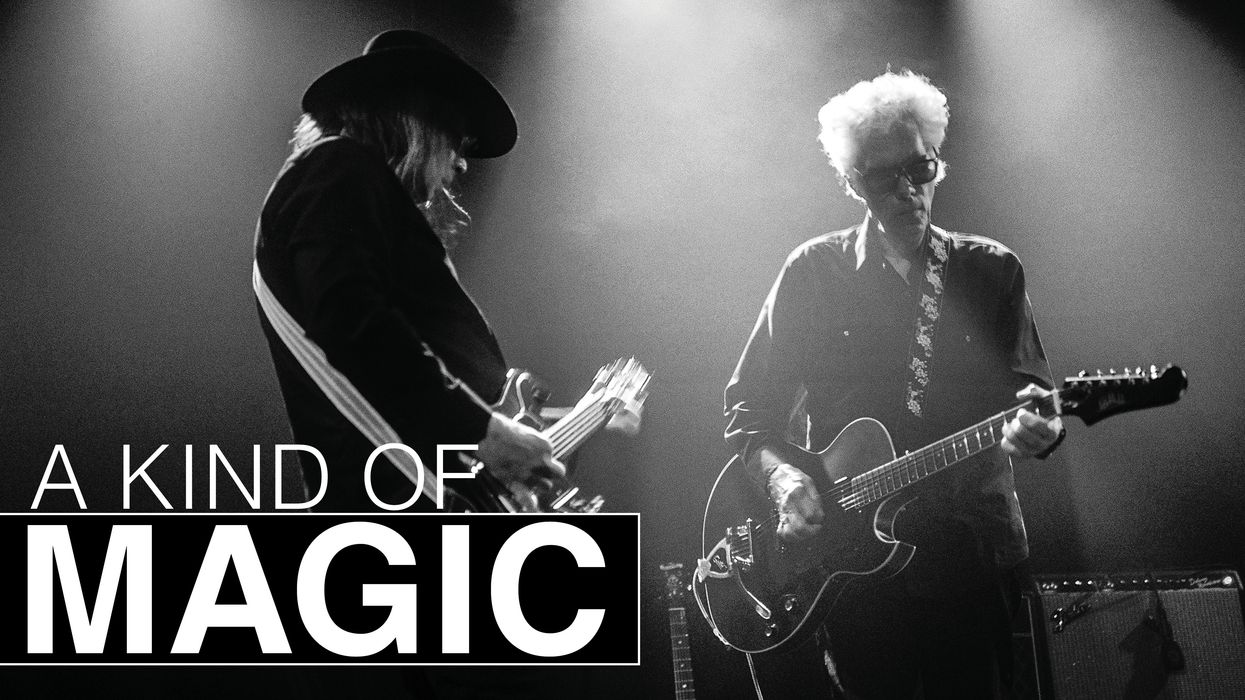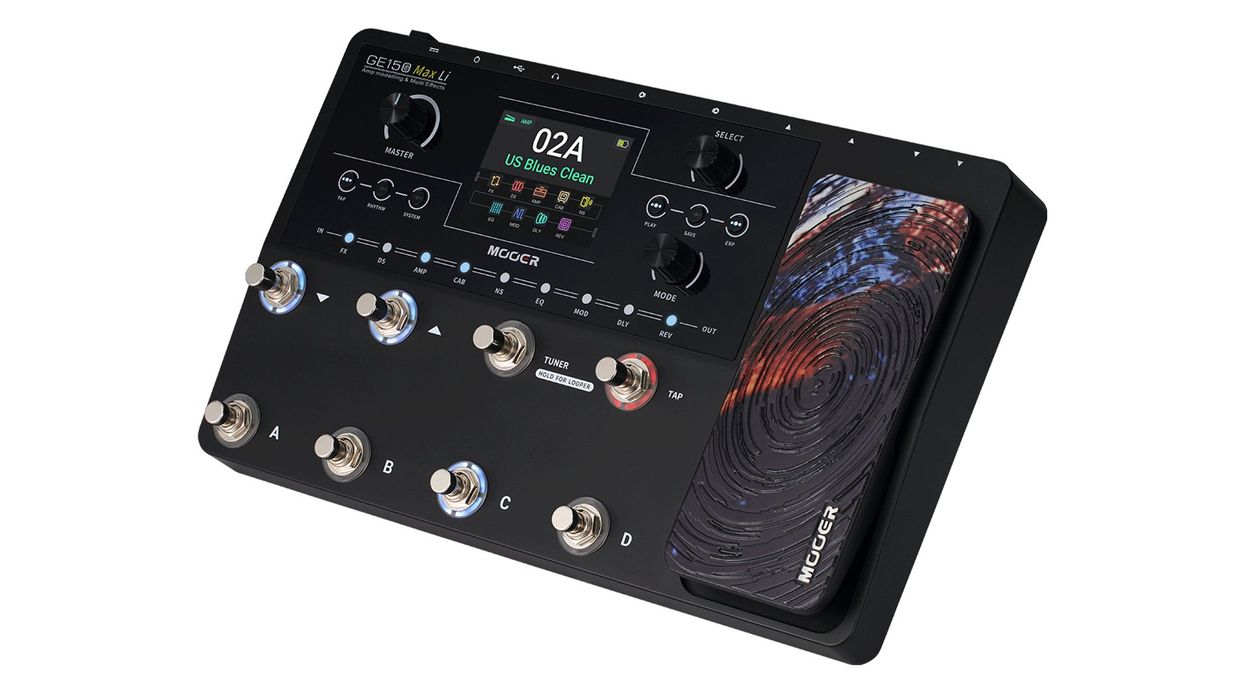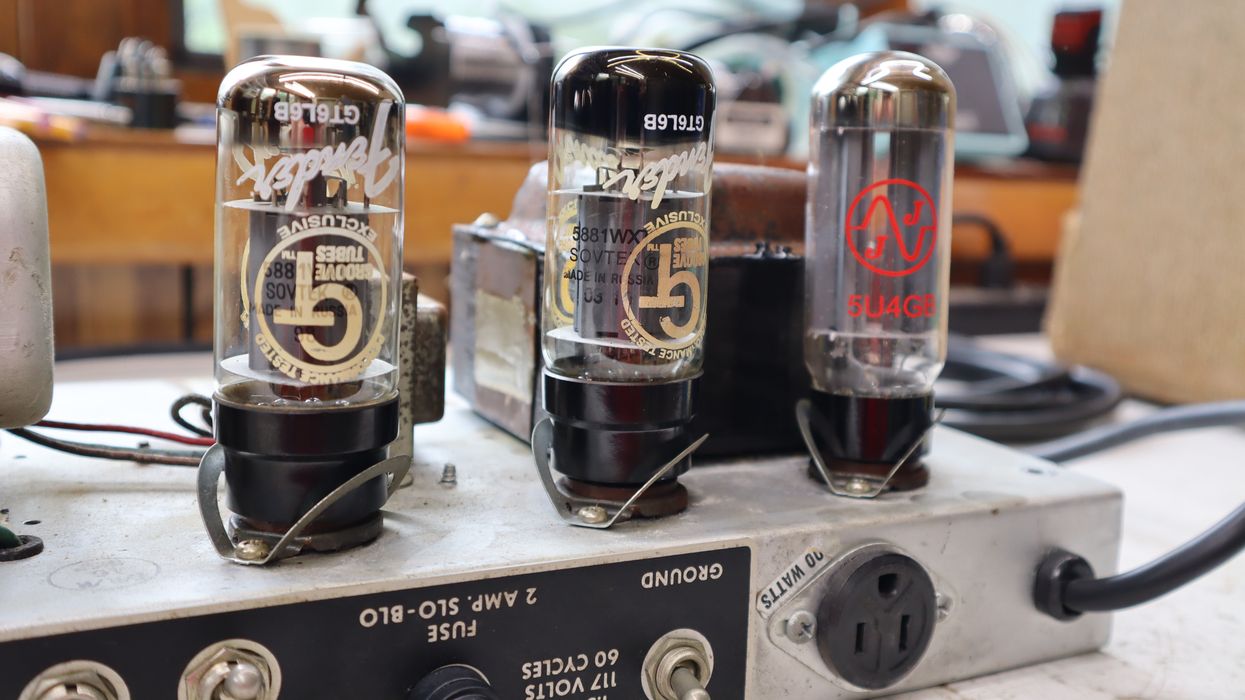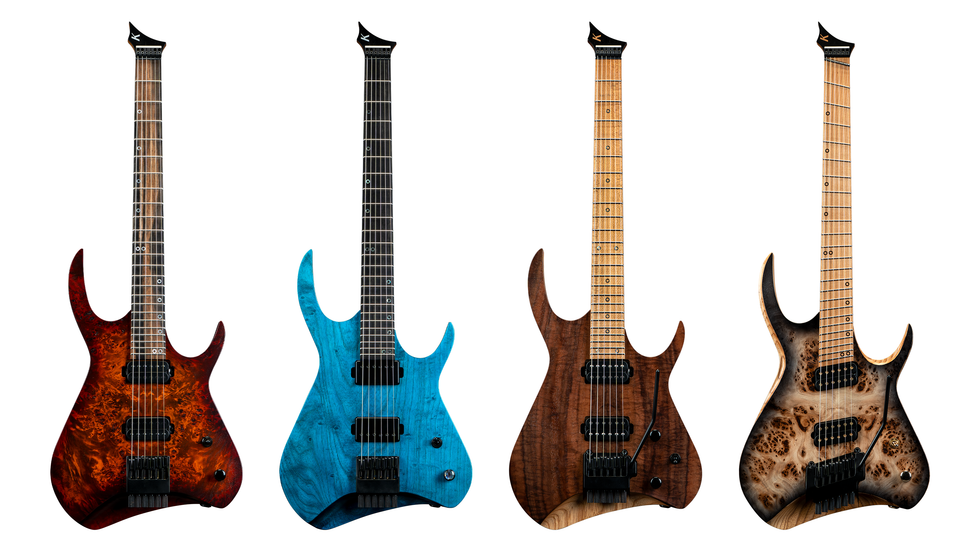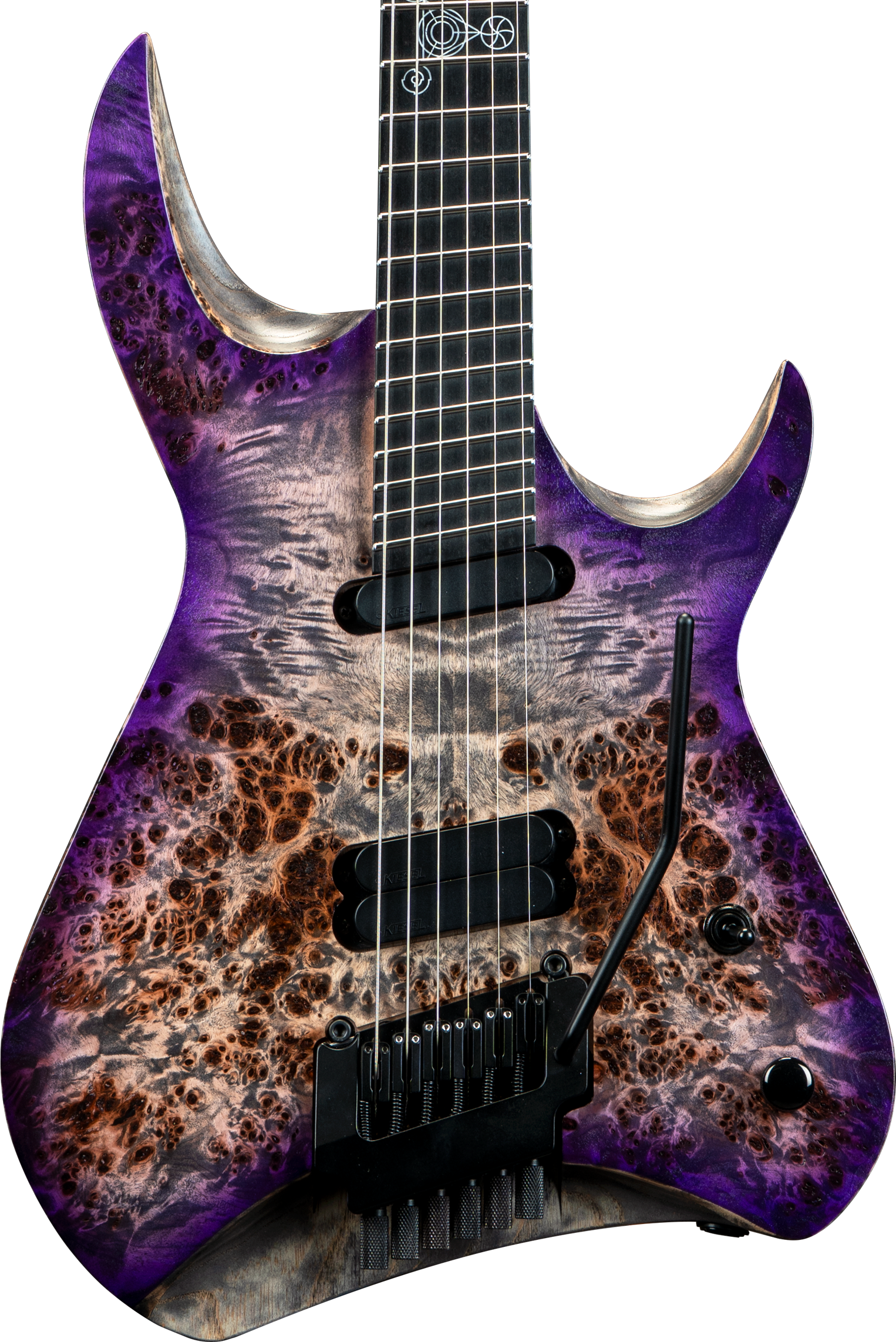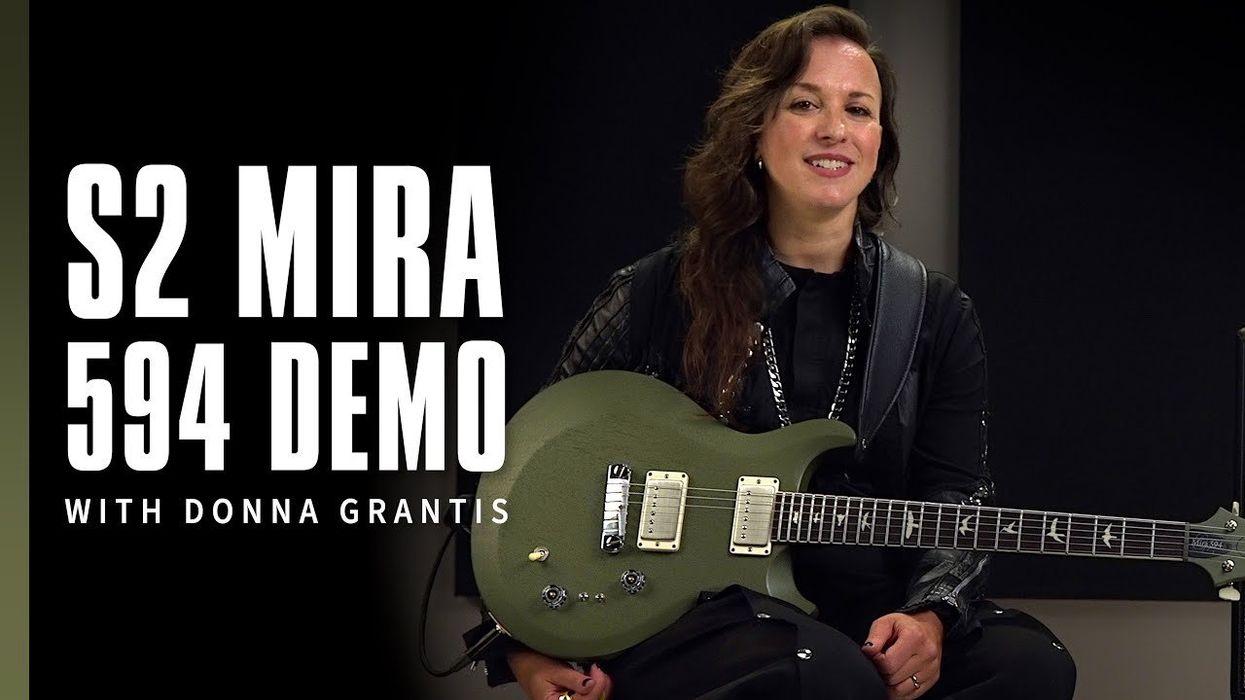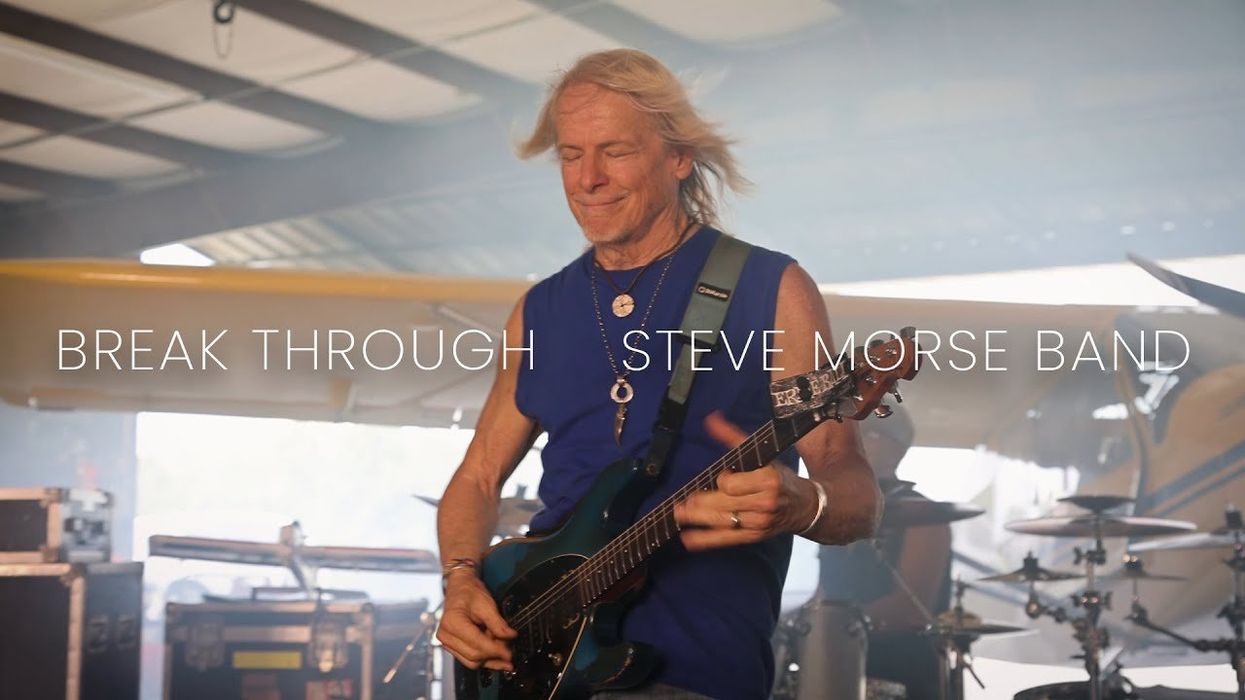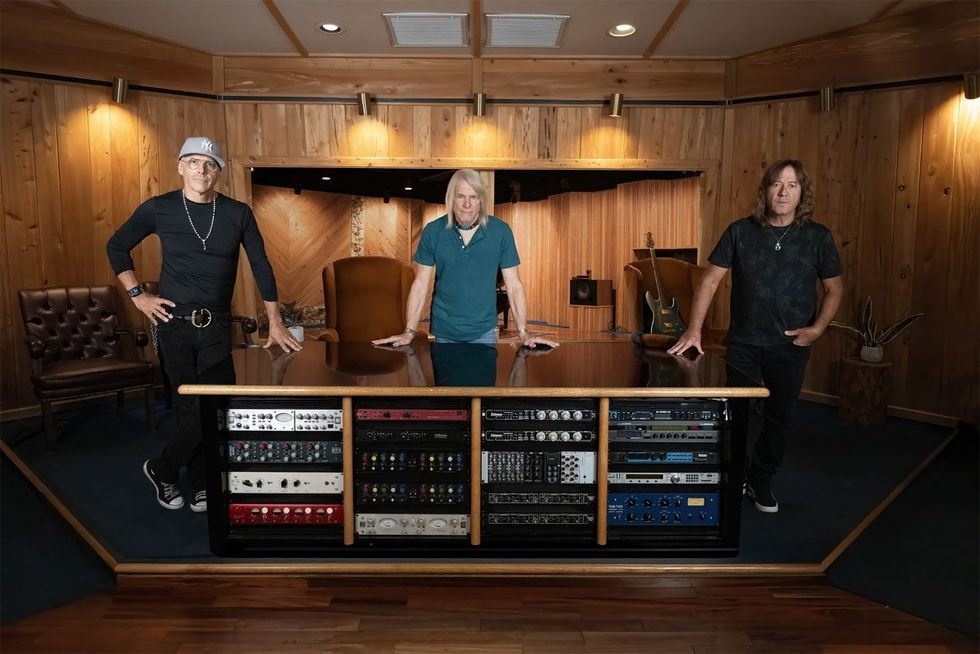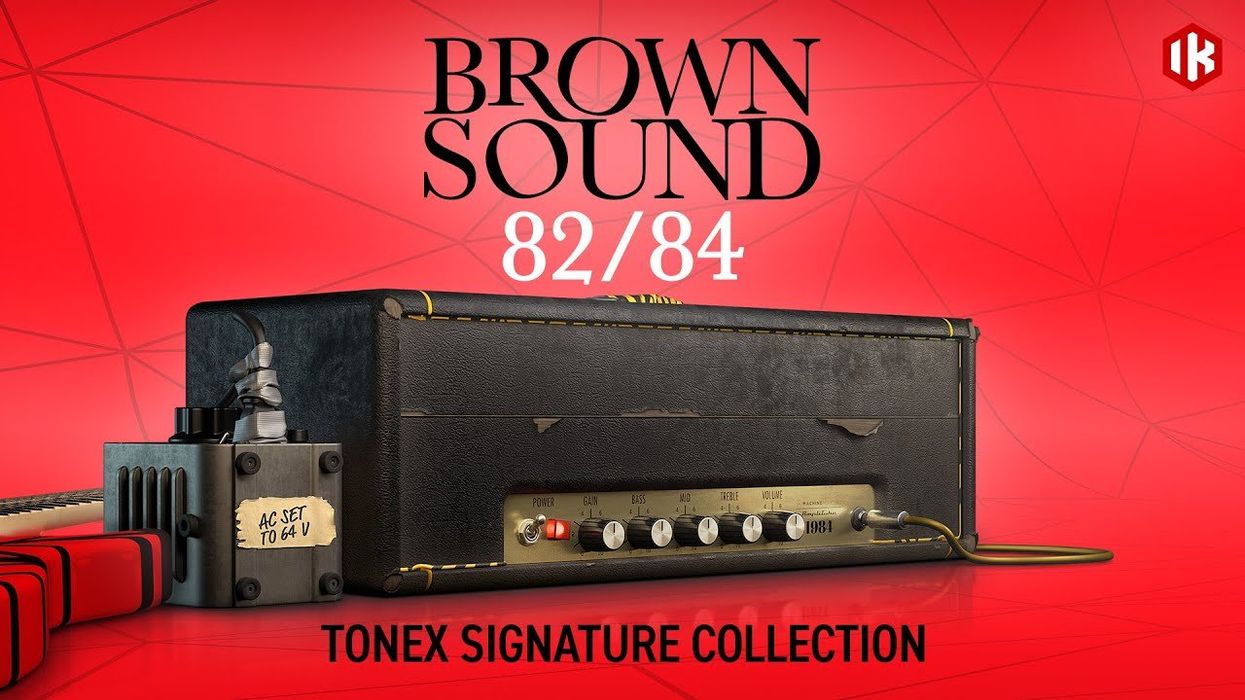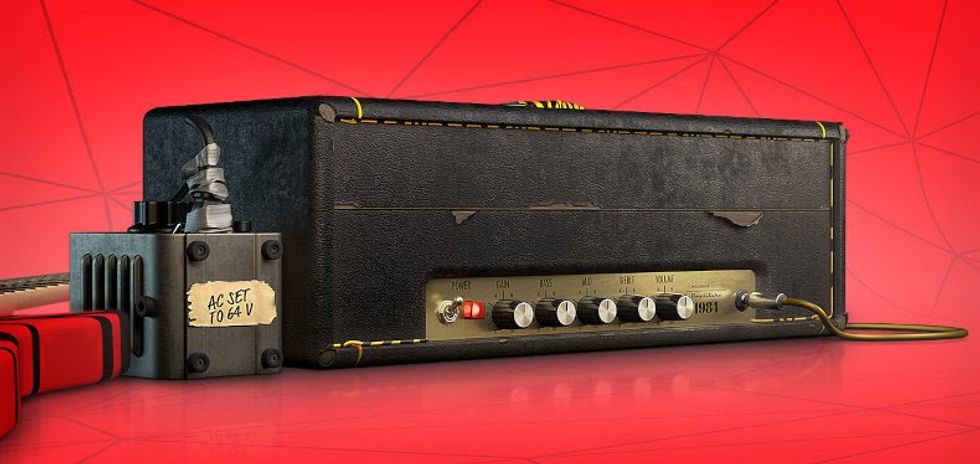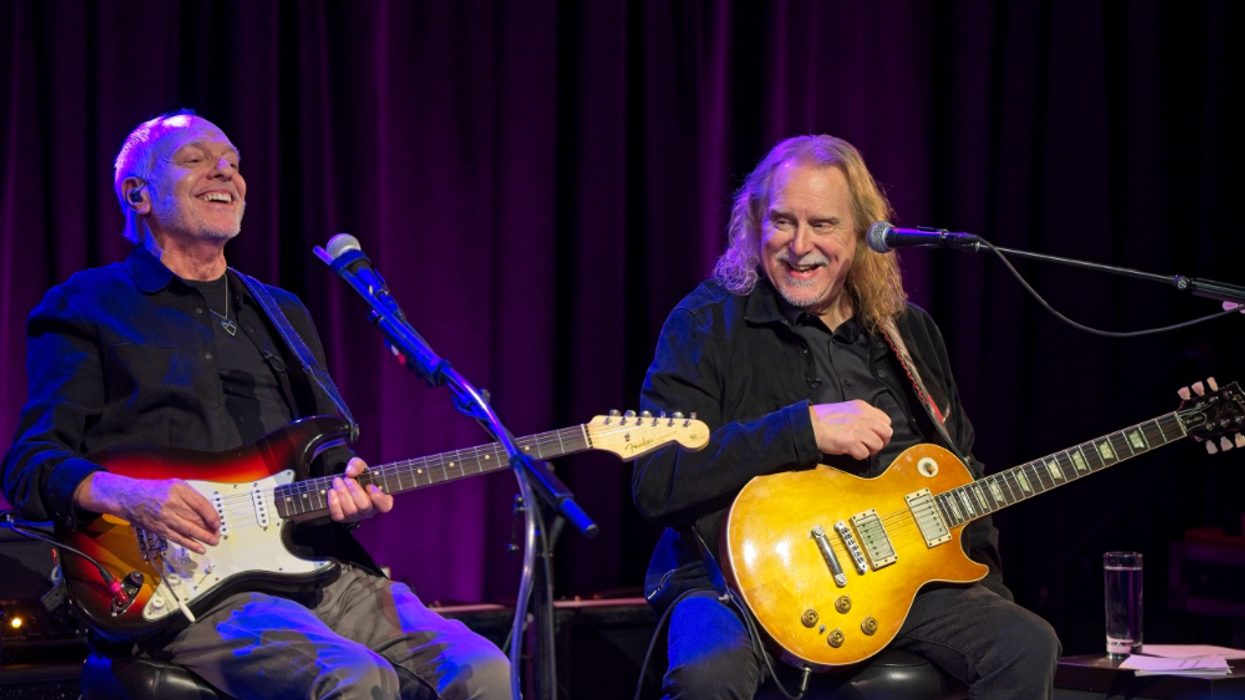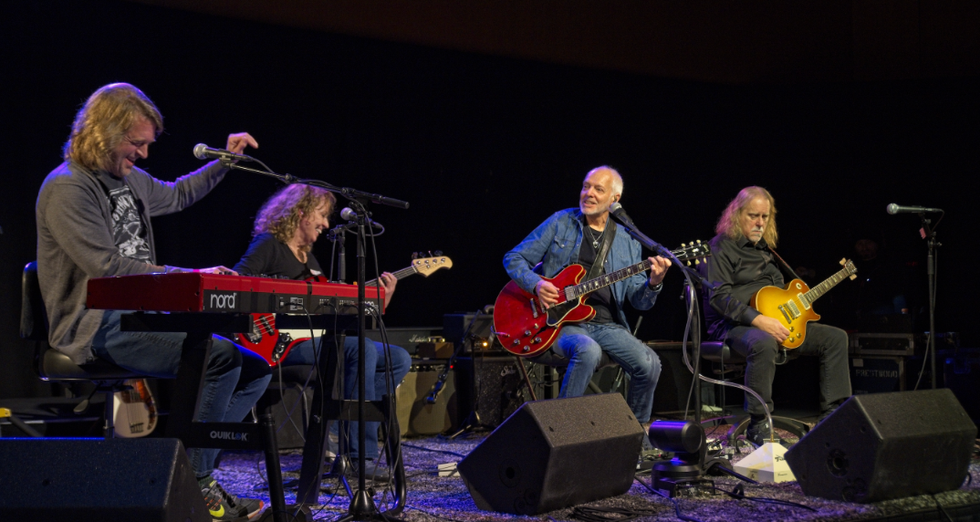Gibson Brands, Inc unveils that its Board of Directors has appointed Cesar Gueikian, Gibson’s brand president, as president and interim chief executive officer, effective immediately.
Gueikian joined Gibson as chief merchant officer in 2018 and was appointed as brand president in 2021. In those roles, Gueikian has spearheaded pioneering solutions for brand momentum, product innovation, media evolution and artist relations. He has been instrumental in the resurgence of Gibson, setting a new strategy centered around instruments, sound, and an expansion into media. He brings 20 years of experience as an entrepreneur, investor and financier, and a lifelong passion for music and guitars.
“I am honored to take on this important role with a company that means so much to me,” said Gueikian. “Gibson has shaped sound for the last 130 years, and we now have the opportunity to drive the future of music and touch people’s lives for the next 130 years. We have an obligation to continue innovating across instruments, sound, and media and to continue inspiring fans and artists of all levels to create music. I look forward to working closely with our experienced senior leadership and team of incredible craftspeople to ensure the long-term success of the business.”
“We are transitioning to new leadership at a time of strength to ensure the company continues its momentum and is well-positioned to execute on its next phase of growth,” said Nat Zilkha, chairman of Gibson’s Board of Directors. “Cesar has played a huge role in the company’s recent success, including securing critical artist partnerships and overseeing the evolution of many of our most iconic product lines, and the Board has full confidence in his leadership.”
For more information, please visit gibson.com.


